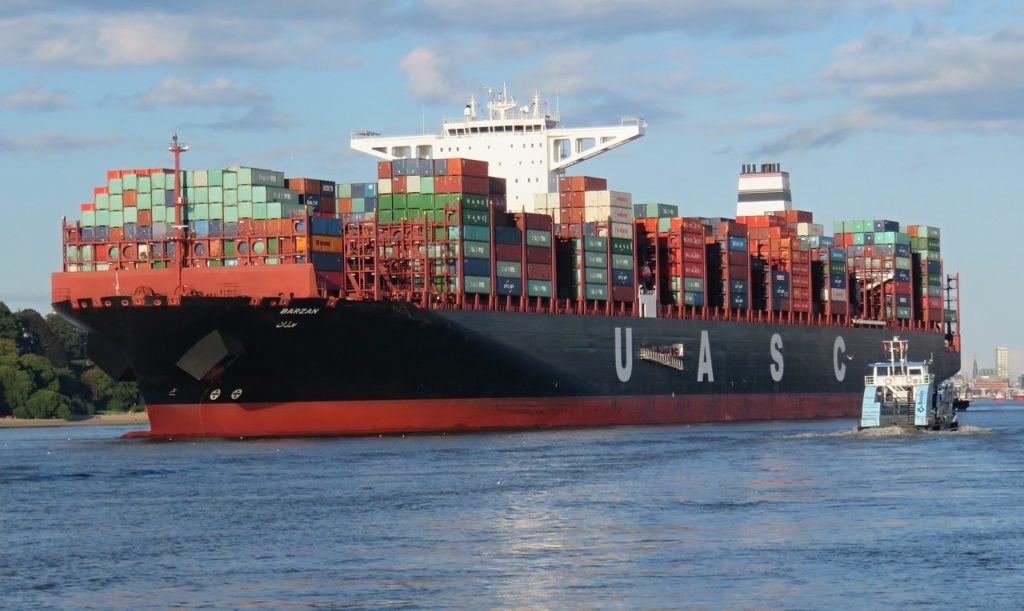Abstract:
Even though consumers’ service quality perception is broadly known to influence consumption behavior in many economic sectors, road infrastructure services have for a long time left aside its relevance. In order to analyze how perceived service quality of a highway effects users’ travel behavior, a stated preference study was conducted with two main goals: route choice decision and users’ marginal willingness-to-pay (MWTP). Logit and tobit models are proposed using data from on an on-line survey of regular users of several Spanish road corridors in the Region of Catalonia. The results of these models suggest that both safety and comfort perception play a significant role on users’ route choice. The probability of using highway instead of the alternative route increases by 57% for a 10% increase in perceived safety of the highway compared to the alternative route. In the case of the comfort, this percentage is 27%. A similar conclusion is drawn for users’ marginal willingness-to-pay. Users are willing to pay for safety and comfort 0,34€ and 0,26€, respectively, in a given trip for a 10%$ increase in the perceived service quality of the highway compared to the alternative route. Additionally, trip purpose and distance also play both a significant role in highway demand determination and users’ MWTP. The results suggest the important impact of users’ perceived service quality on demand and MWTP.










